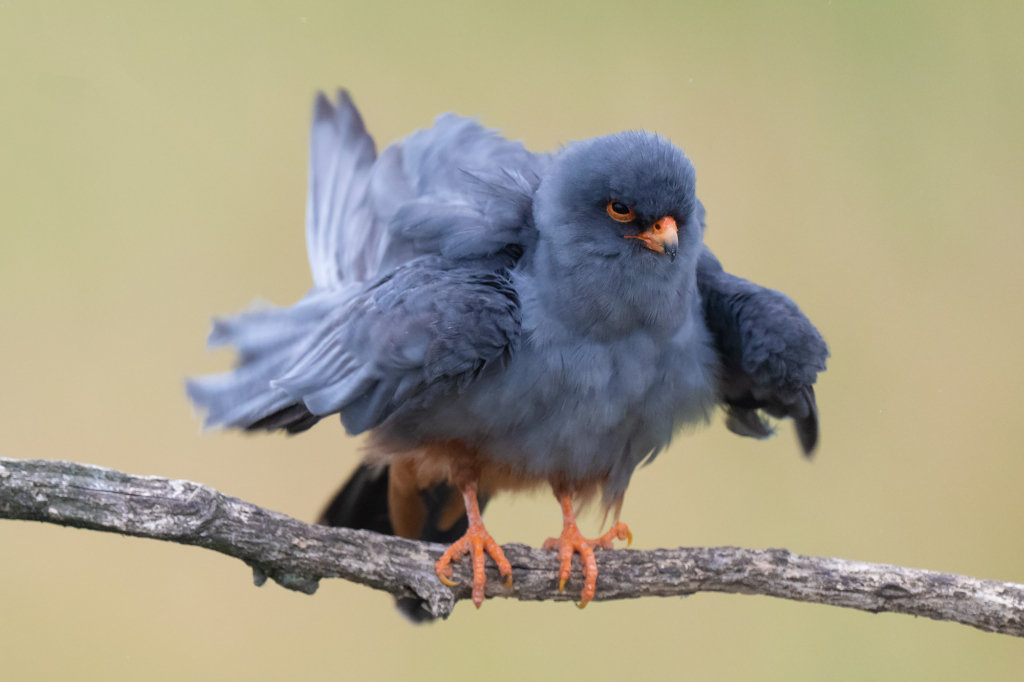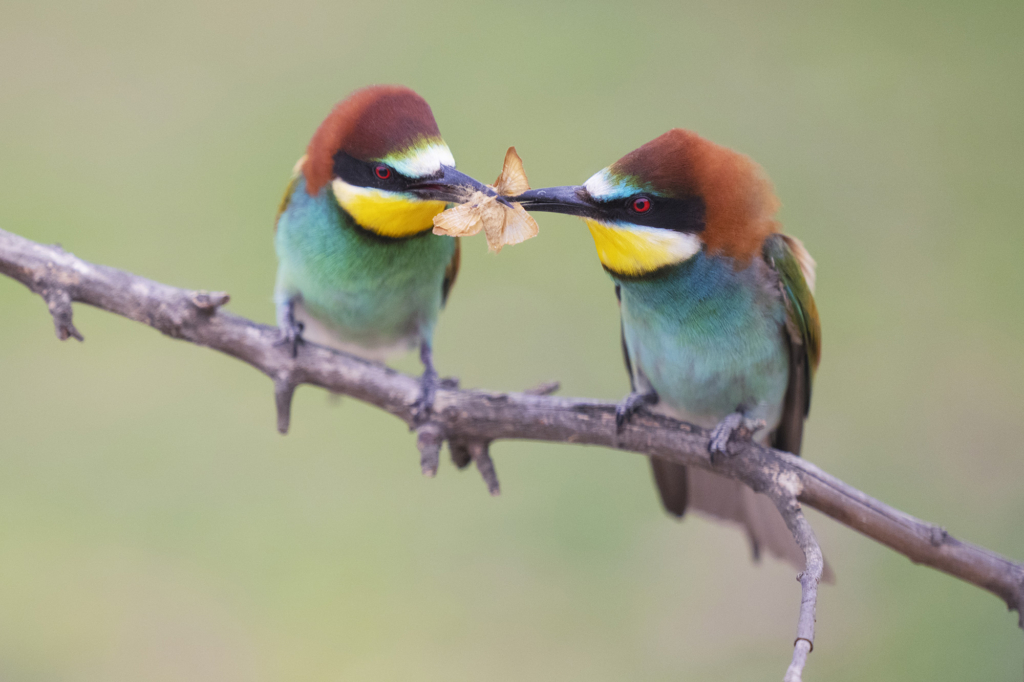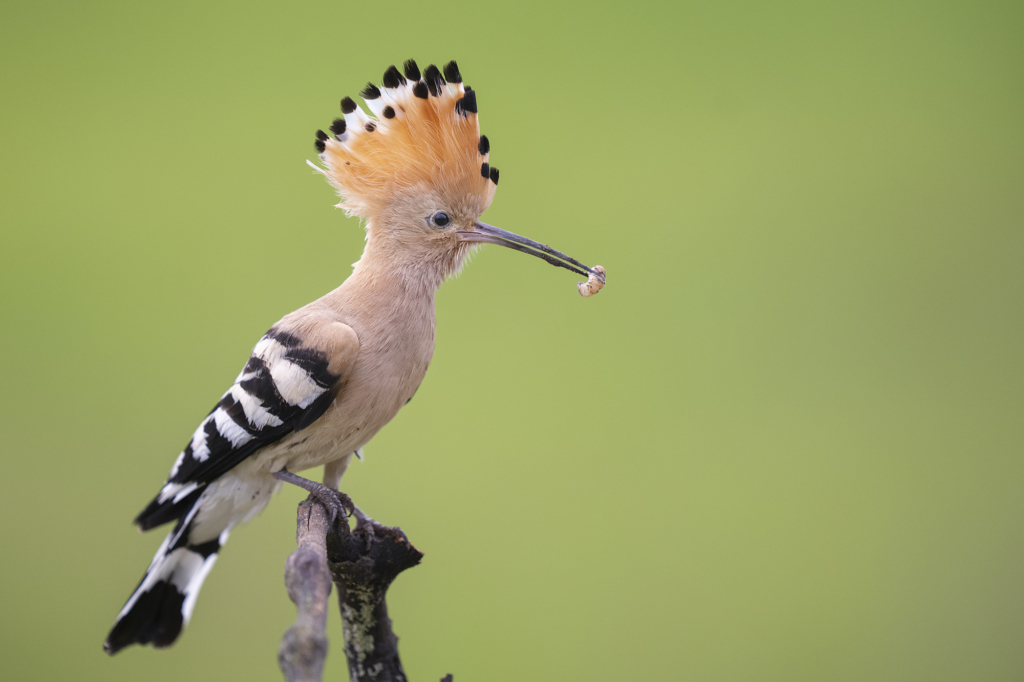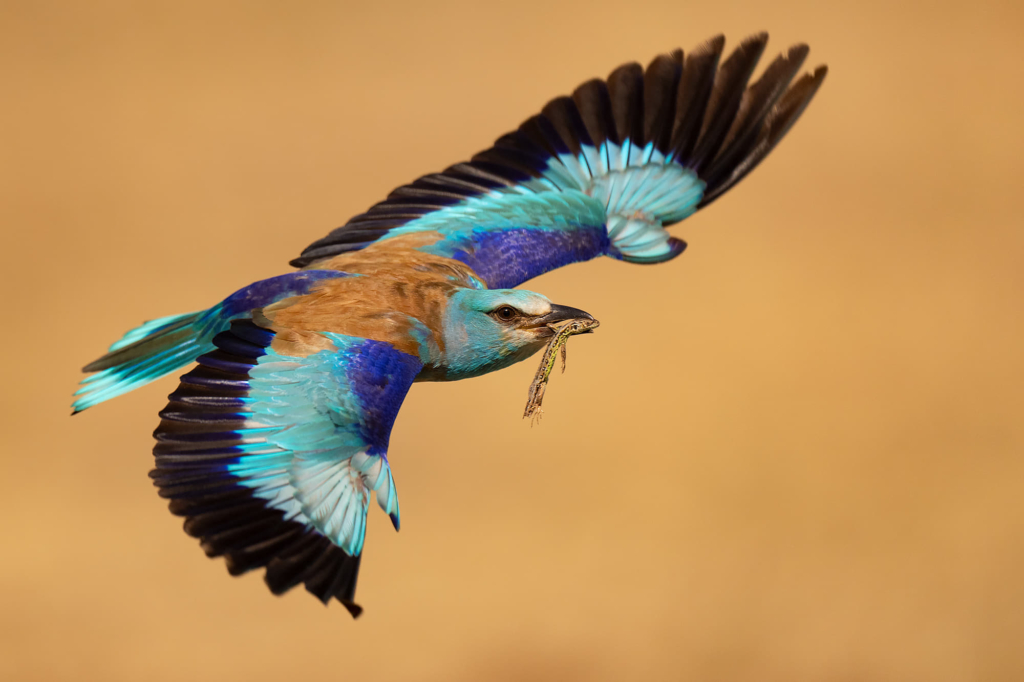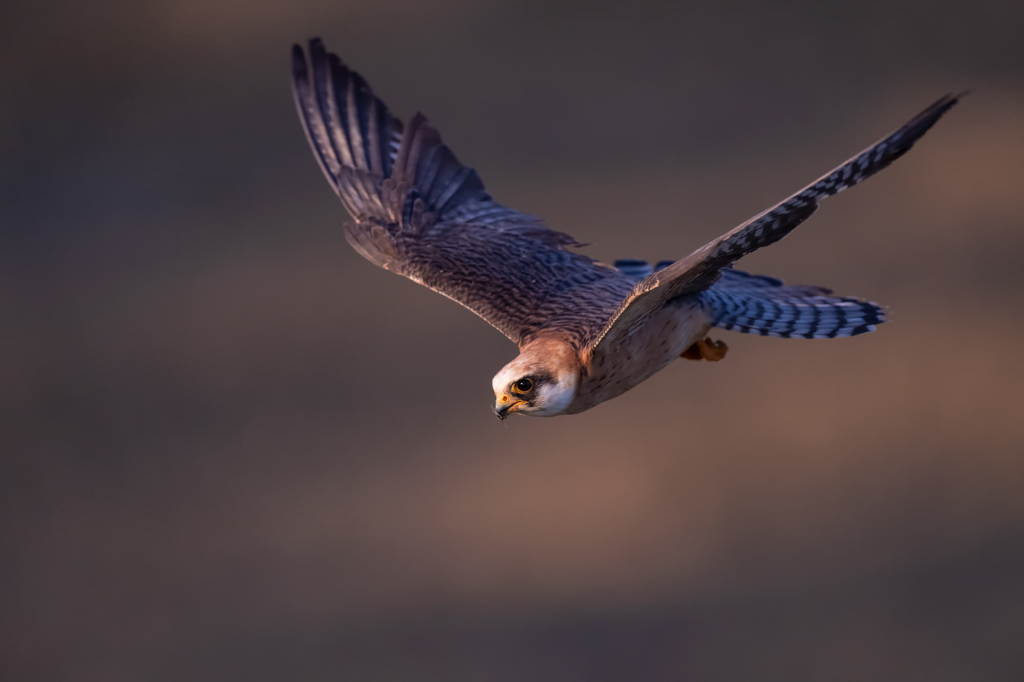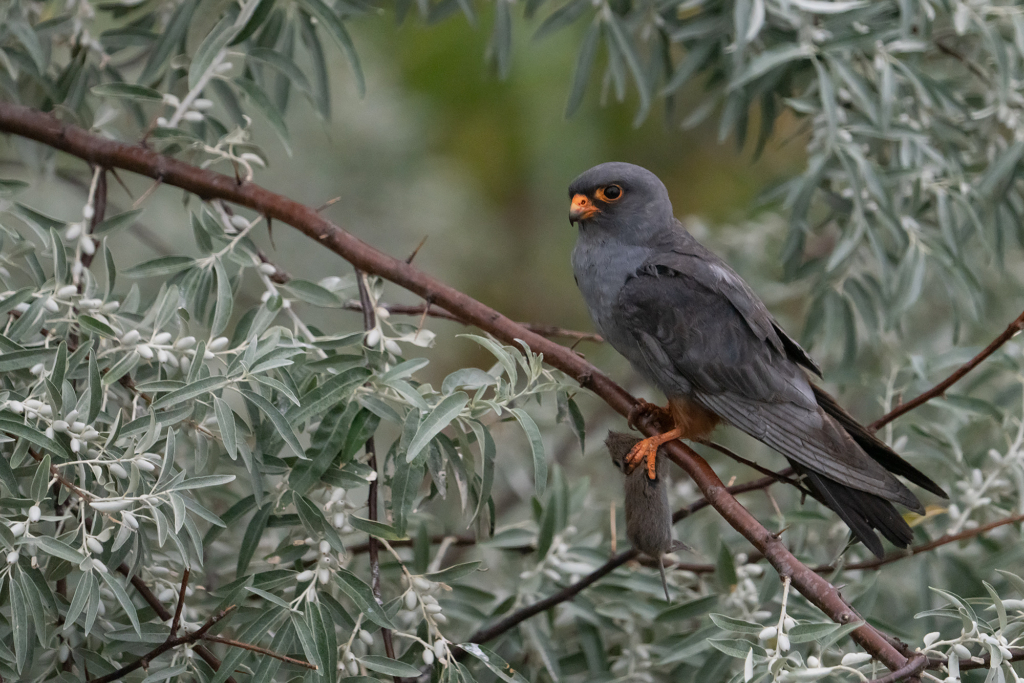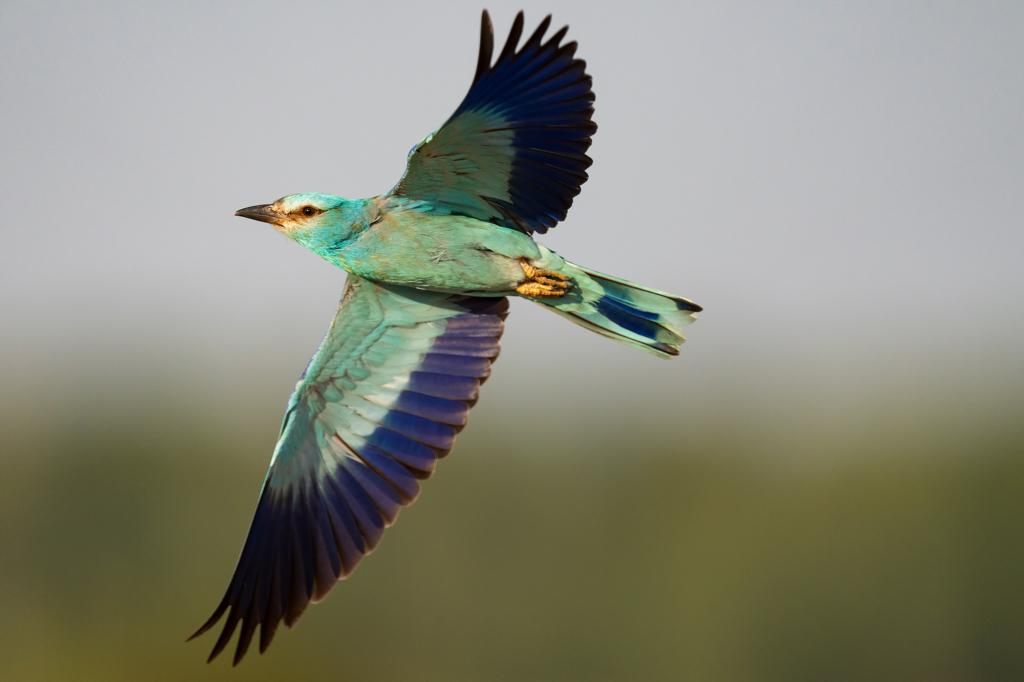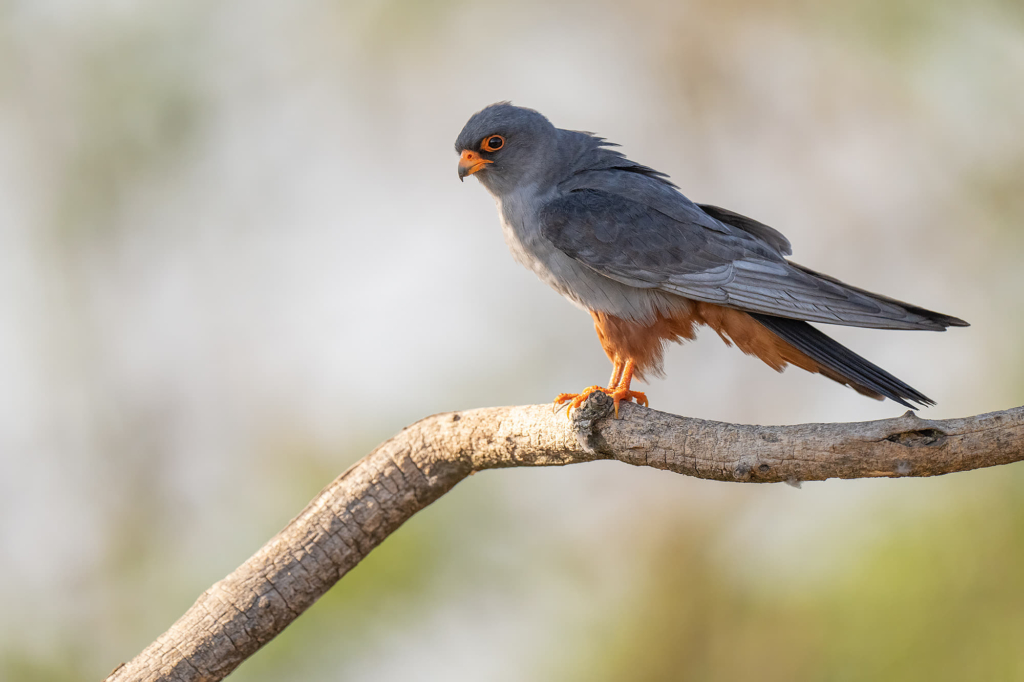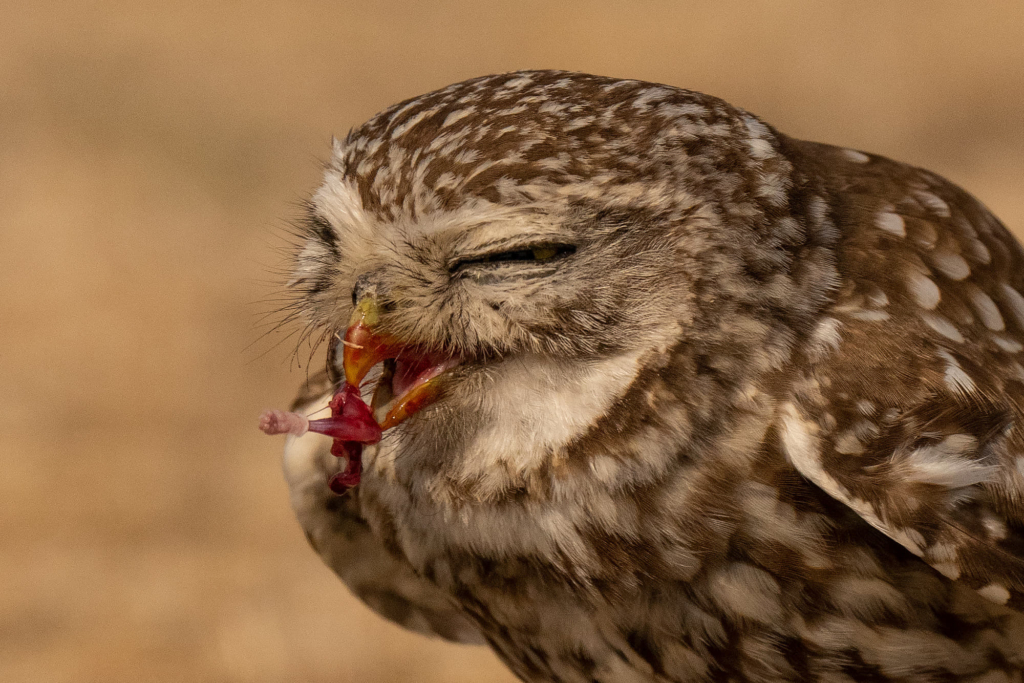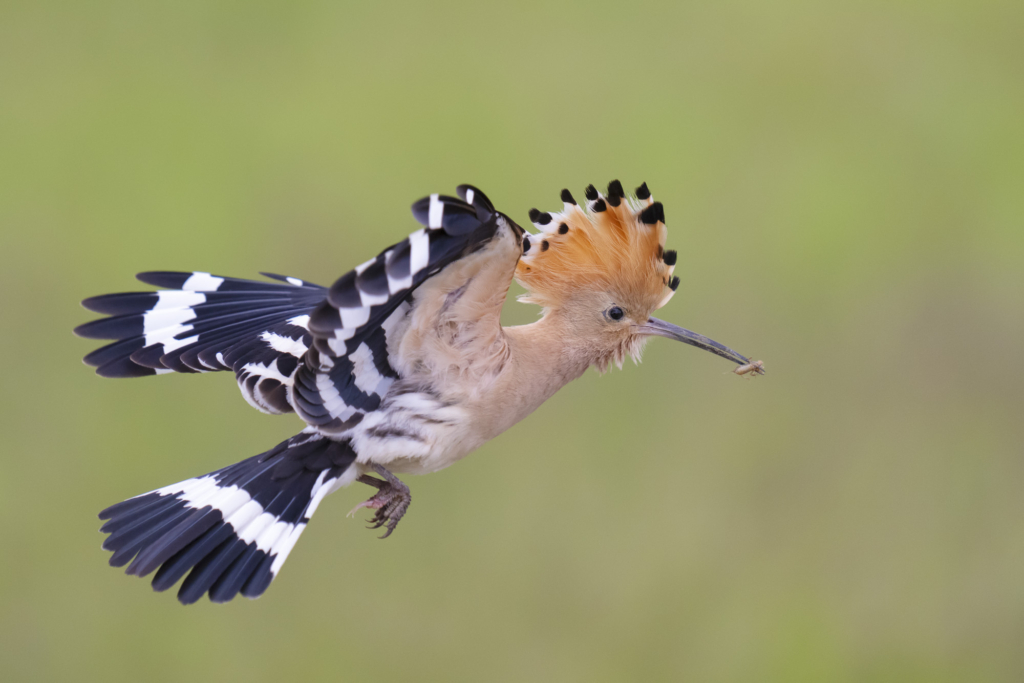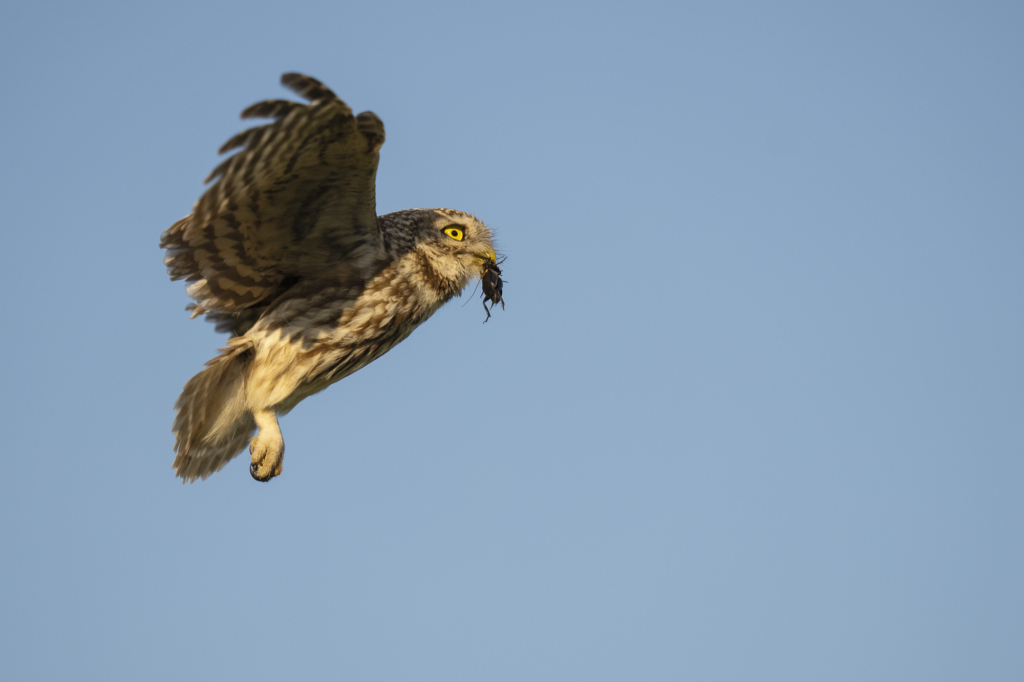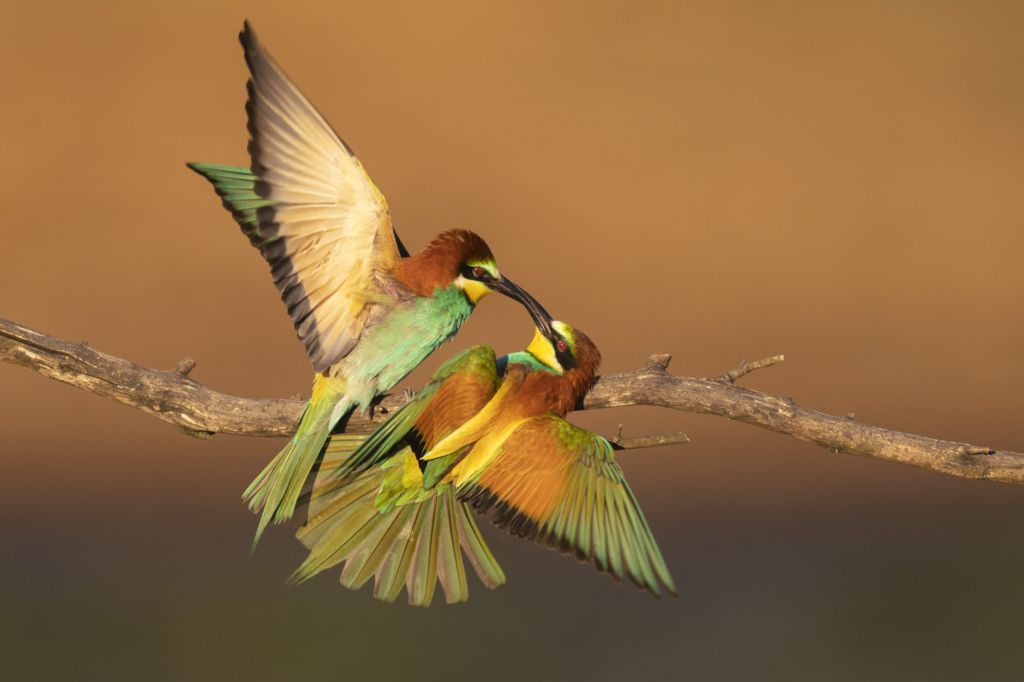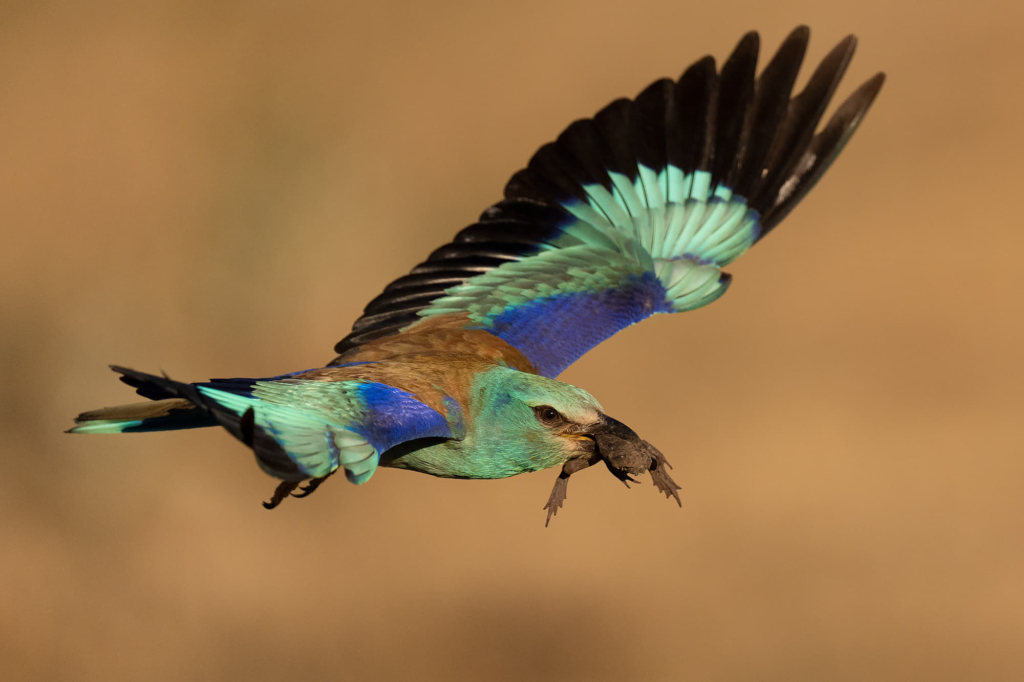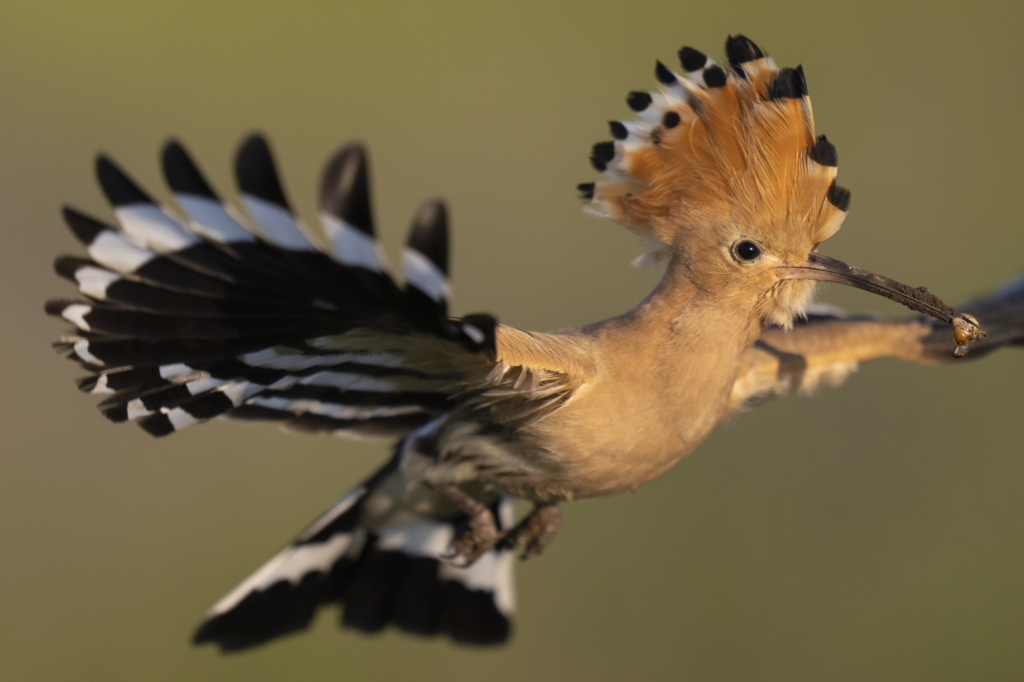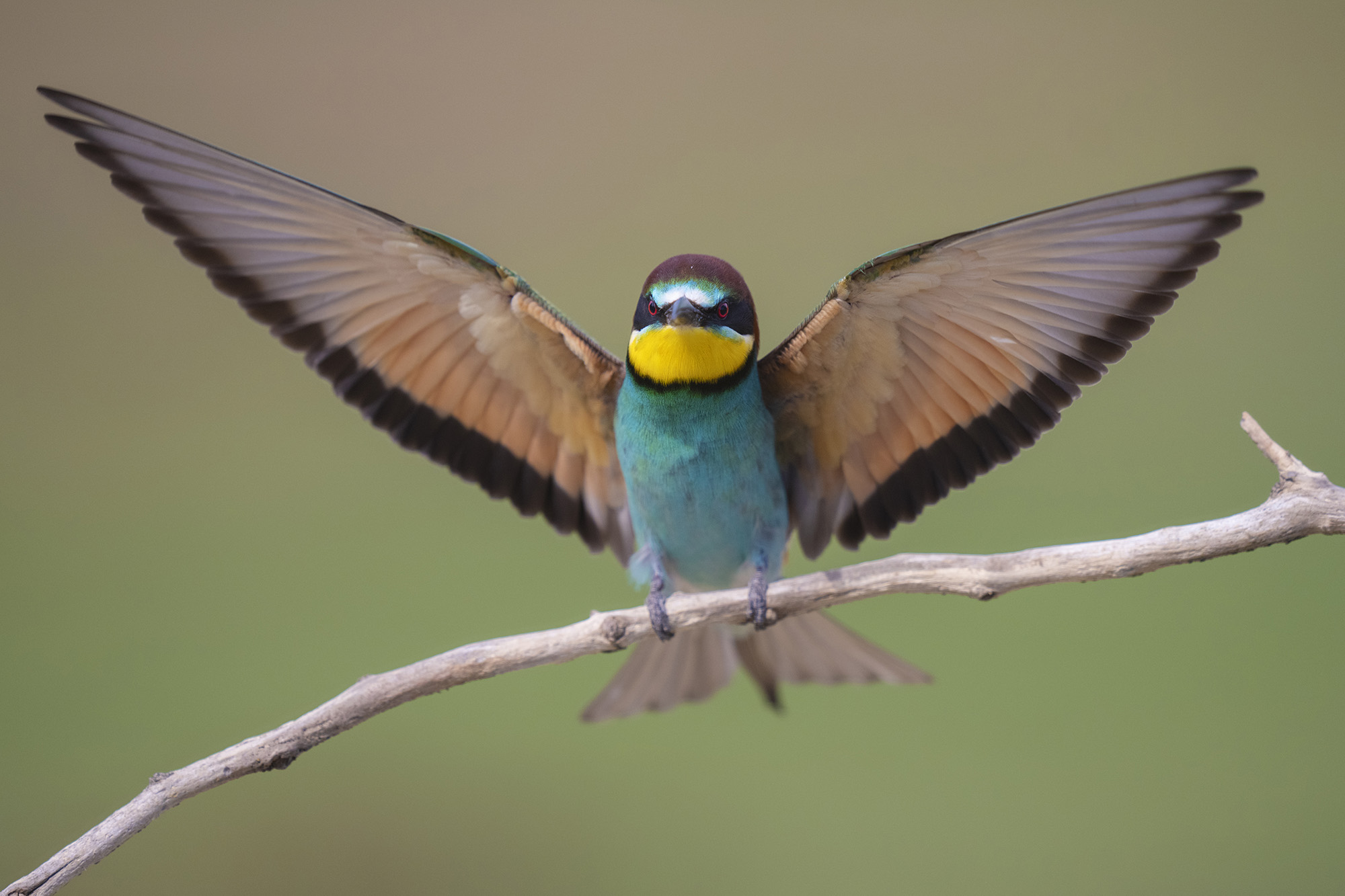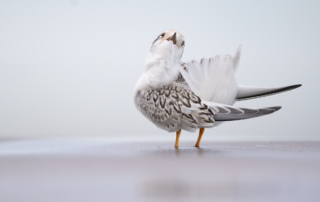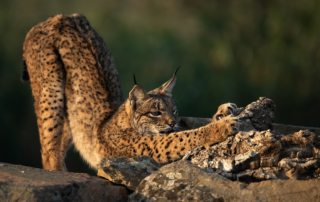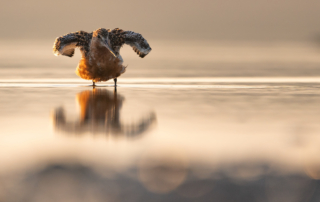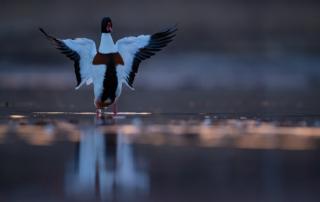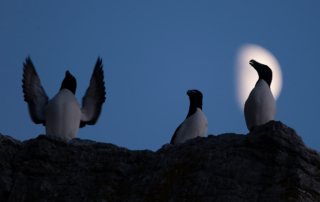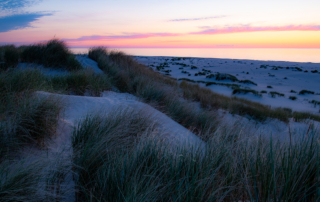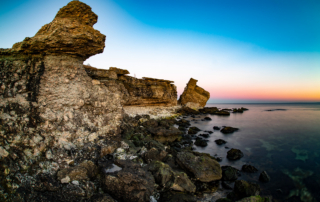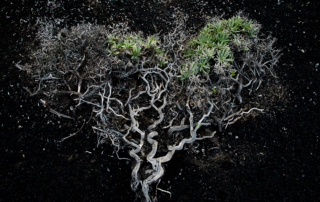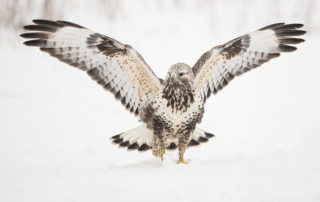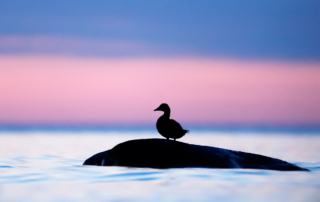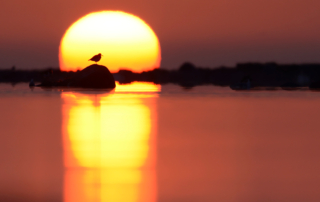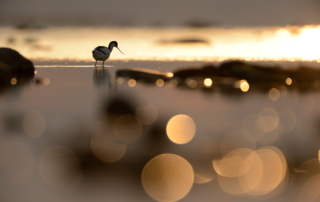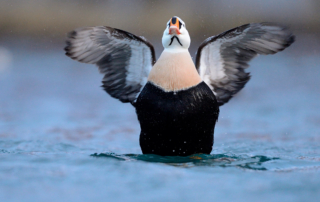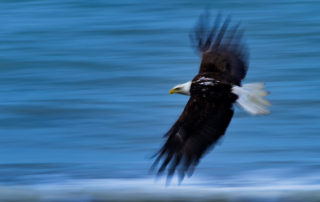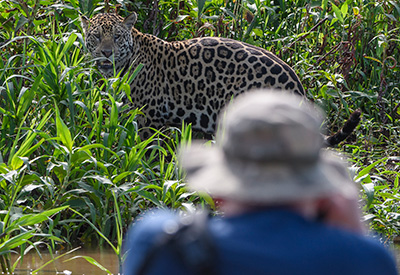Some highlights
- A true bird photo-fest with lots of really good photo opportunities, with birds at absolute close range, nice backgrounds and beautiful angles
- Red-footed falcon, one of our most beautiful birds of prey, up close
- Great photography for bee-eaters, European roller and Hoopoe
- Perfect oppertunities for photographing the charming Little owl
- All hides is just a short distance from the farm where we live
- Hide sessions vary from approximately three to five hours
- You get your own photographic advice and top tips from our photographic leader in a small group of like-minded people
- Comfortable accommodation with full board
- Our guide has of course been here before and done scouting photography before the tour
HORTOBÁGY PUSZTA – FLAT IS NOT BORING
Visiting the Hungarian puszta is a rare experience. Here we meet healthy ecosystems that display a multitude of shimmering winged friends. The area we visit is located in Hungary’s largest protected area, the Hortobagy National Park, which with its 80,000 square kilometers consists of a huge plain with extensive grasslands and wetlands. The area is one of the largest and most important wetland areas of its kind in Europe.
The area has been strongly characterized by grazing since time immemorial. Herding culture is very much alive. The climate on Puszta is characterized by a typical continental climate with cold winters and hot summers. In late autumn, intense rains fill flat depressions on fine-grained soils. In many places there are soda deposits that have formed salt flats with peculiar salt-resistant or salt-demanding plants, several of which are species normally found on the salt beds of sea beaches. The fact that nature has been characterized by similar conditions for a very long time has created a multitude of biological diversity. Despite the fact that nature is completely flat, it is striking how great the variation in the area is. The extensive wetlands and pasture have provided the conditions for a teeming plant and insect life, which in turn has given rise to a magnificent bird life. Here, depending on the season, you can find black and white storks, spoonbills, pygmy cormorants, black-winged stilts, large numbers of herons and waders as well as ducks.
We visit the puszta during the second half of May when the conditions for photographing the most colorful species are at their best. In the area there are many hides, all of which are built with a focus on one or a few specific species. Our focus on the trip will be to get the best possible conditions to get fantastic pictures of the truly “exclusive” species. We will spend time in hides in different types of environments. The hides we will be photographing from are specially designed for the European roller, bee-eater, herons, Red-footed falcon and Little owl. For these particular species, the conditions for gaining an insight into their lives are absolutely world-class. There are several hides adjacent to the nesting sites of these species. Here we can see the birds really close without disturbing them.
In a forest hide, there are species such as Black woodpecker, nightingale, Jay, Golden finch, Crested tit, Pine marten and many more.
Itinerary
Day 1 (23/5) (Dinner)
We arrive in Budapest and are picked up at the airport. We drive directly to our accommodation and check in. As there is time, we take an afternoon/evening session in the hide and seek.
Day 2-6 (24-28/5)(Breakfast – Lunch – Dinner)
During these days we start early so that we are in the hide before the sun rises. We have a rotating schedule so everyone gets to shoot from all the hides.
Day 7 (29/5) (Breakfast)
Depending on when our flight leaves from Budapest, we leave our accommodation in good time, maybe we can manage a shorter hide and seek session in the morning.
More information
Photographic leader
Magnus Martinsson, born in 1964, is a photographer, author and biologist, living on Gotland since 1988. He has since devoted himself to nature conservation issues in the profession. His interest in nature and photography has taken him on a large number of trips around the world and also gained in-depth knowledge of the Gotland homeland. Magnus contributes in various ways to conveying his knowledge to a broad public. He is a frequently hired speaker, excursion and tour guide. Magnus Martinsson is responsible for photography and text in a large number of publications. As a member of Naturfotograferna, he is one of the leading nature photographers in Sweden.



